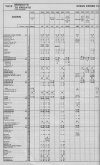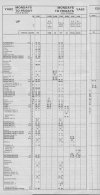Just spotted this.
and that's stopping at both Morpeth and Newcastle.
Is LUMO able to accelerate faster than the LNER Azumas as it has lighter seats, a shorter trainset, and no diesel backup?
and that's stopping at both Morpeth and Newcastle.
Is LUMO able to accelerate faster than the LNER Azumas as it has lighter seats, a shorter trainset, and no diesel backup?



